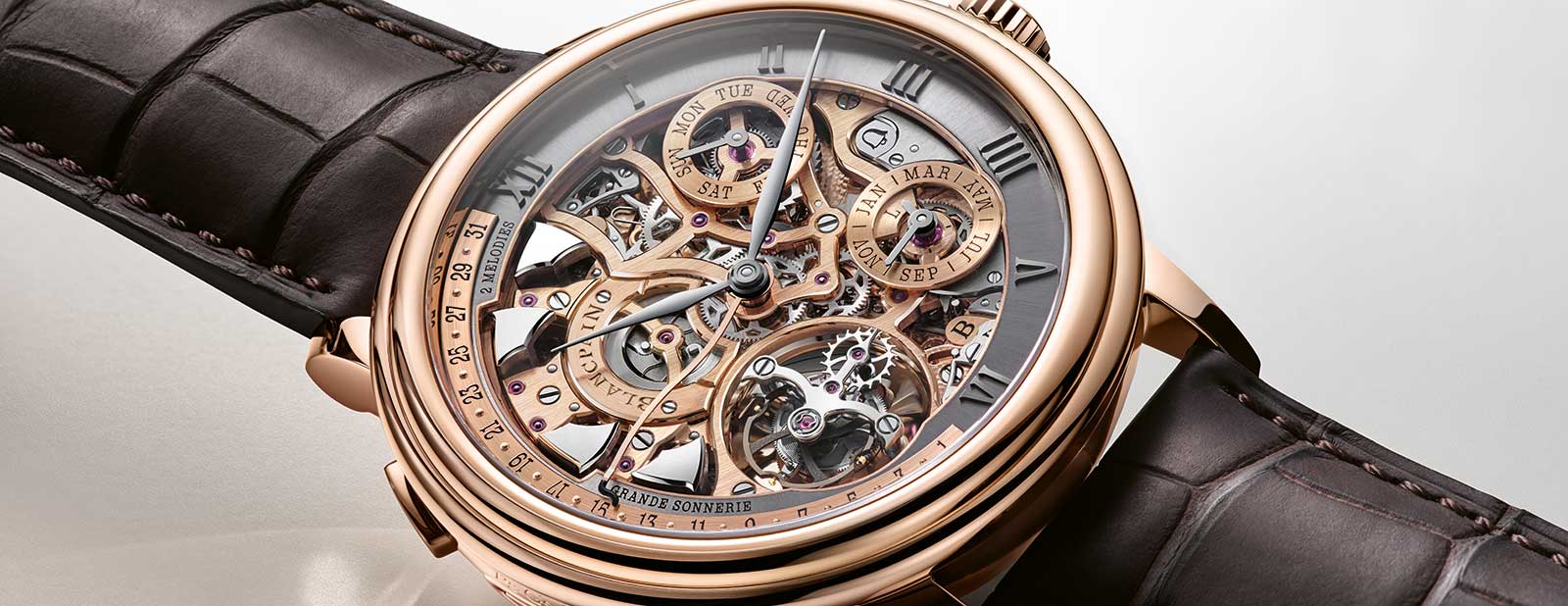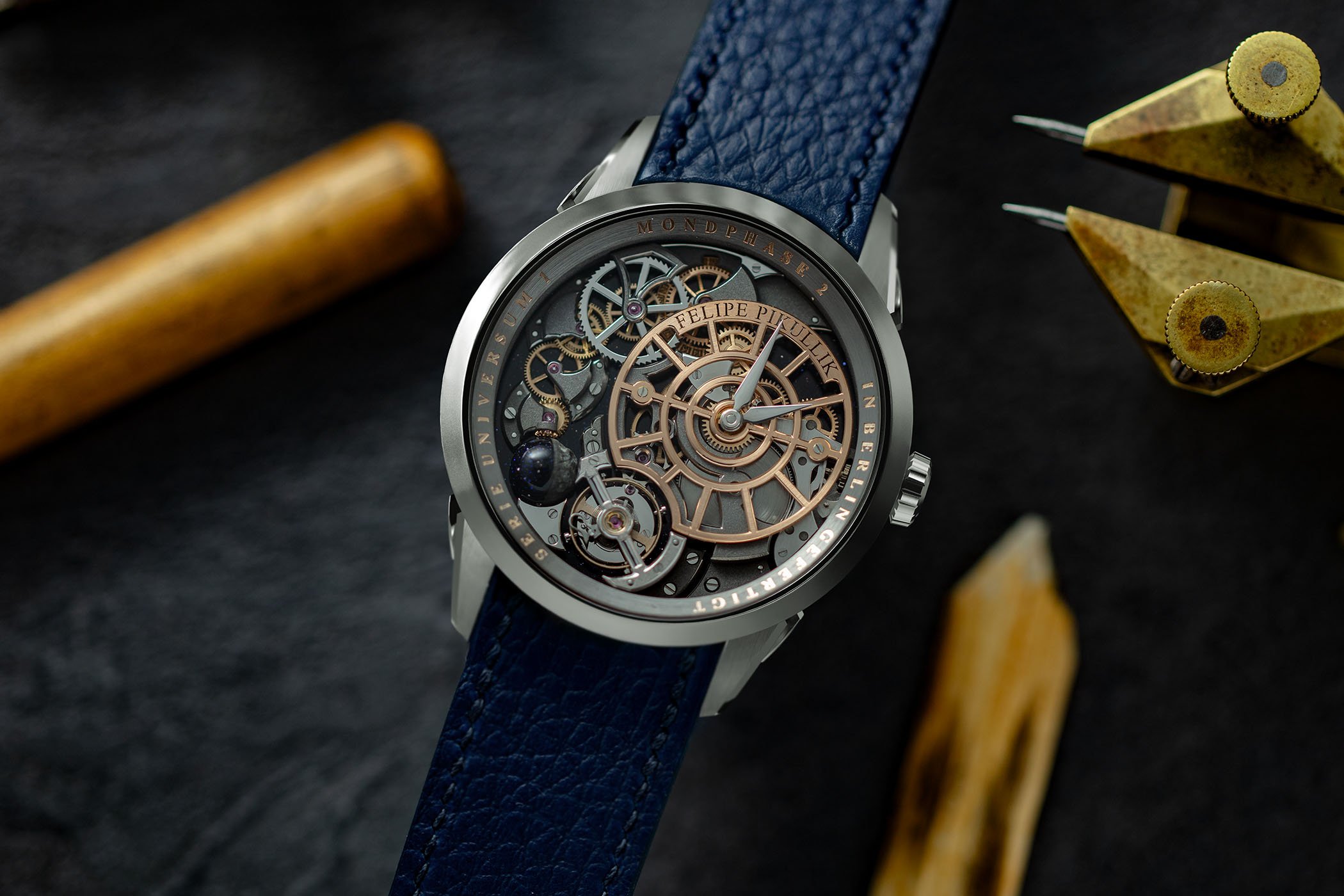U.S. Reaches Trade Deal With Switzerland

The United States and Switzerland have struck a trade deal that will slash the controversial 39% tariff on Swiss imports to 15%, offering long-awaited relief to an industry that has become shorthand for the dispute: Swiss luxury watches.
U.S. Trade Representative Jamieson Greer said Friday that Washington and Bern have “essentially” reached agreement to lower the tariff to 15%, bringing Switzerland into line with the rate the U.S. now applies to most European Union goods. The Swiss federal government confirmed the move in a post on X, thanking President Donald Trump for his “constructive engagement” and saying the talks with Greer had been “productive.”
According to Swiss officials, details of the pact will be outlined at a press conference in Bern at 4 p.m. local time, while Greer told CNBC that the White House plans to publish the terms on its website later today. For now, the headlines are simple: the most punitive tariff the Trump administration imposed on any developed economy is being more than halved.
A tariff that hit Swiss watches where it hurts
The 39% levy, which came into force in early August, landed squarely on some of Switzerland’s most emblematic exports—watches, chocolate, machinery and precision instruments—while exempting mainstay sectors like pharmaceuticals and gold.
For watchmakers, the U.S. is not a side market; it’s critical. In 2024, the United States accounted for about 17% of Swiss watch exports by value, roughly 4.4 billion francs, making it the industry’s single largest national market. When Washington raised tariffs on Swiss goods first to 31% and then to 39%, the impact was immediate:
- Overall Swiss exports to the U.S. fell 22.1% in August compared with a year earlier, according to Swiss customs data.
- Swiss watch exports to the U.S. plunged 55.6% in September versus the same month in 2024, dropping from CHF 355 million to CHF 158 million, according to the Federation of the Swiss Watch Industry.
The industry tried to get ahead of the tariff shock by front-loading shipments into U.S. subsidiaries in the spring and early summer—exports to the U.S. jumped by triple digits in April and surged again in July—before falling off a cliff once the 39% duty took effect.
How the tariffs filtered through to retail prices
Even before Friday’s deal, consumers had already seen the tariff show up on price tags. Several brands used a mix of direct price hikes, margin compression, and internal transfer-price adjustments to manage the blow—but end-customer prices still moved higher.
Examples include:
- Omega and other Swatch Group brands implemented U.S. price increases generally capped in the 6–10% range, asking authorized dealers to accept lower margins on key models. One widely cited case: the steel OmegaSpeedmaster Moonwatch Professional 42mm rose from $8,400 to $9,000, a 7.1% jump.
- Cartier, part of Richemont, pushed through roughly 10% increases on some core references; a popular steel-and-gold Santos model climbed from $8,000 to $8,800, according to trade reports.
- Trade and retail sources estimated that, if brands fully passed the 39% duty through the supply chain, U.S. retail prices on Swiss luxury watches could rise by 12–22% overall—numbers that have been echoed by independent dealers and watch-market analysts.
Some groups, notably Swatch Group, also pushed additional mid-single-digit to mid-teens increases in the U.S. across broader ranges, with CEO Nick Hayek saying the company would raise prices by about 5–15% while trying to offset part of the hit via lower margins and cost adjustments.
At the same time, watchdogs and enthusiast media noted that several brands quietly raised prices in Europe and Asia as well, effectively spreading some of the tariff pain worldwide under the cover of a generally inflationary environment and a strong Swiss franc.
What the new deal actually does
While the full legal text is still pending, the broad outline is clear from Swiss and U.S. statements:
- The 39% tariff on most Swiss goods, including watches, will be reduced to 15%, matching the rate agreed earlier this year with the European Union.
- The 15% figure incorporates most-favored-nation duties and other existing charges into a single composite rate, according to Greer.
- In return, Switzerland has agreed to measures aimed at reducing its trade surplus with the U.S., including commitments to expand manufacturing and processing activities on American soil and to cooperate more closely in sectors such as pharmaceuticals, gold refining and rail equipment.
For the watch industry, the key point is that import duties on finished timepieces should fall back into mid-teens territory, instead of sitting at nearly 40% on the declared import price.
Markets have already reacted: shares of Swatch Group and Richemont climbed in recent days on expectations of relief, with investors betting that lower tariffs will ease price pressure on U.S. retailers and support orders heading into the critical holiday season.
Will Omega and other brands actually cut prices now?
The question many collectors and retailers are asking is simple: if tariffs go down, do prices follow?
History suggests caution. Swiss watch brands are much quicker to raise list prices than to cut them, and there is no sign—yet—of across-the-board rollbacks:
- Swatch Group and Omega have not announced any U.S. price reductions in response to Friday’s news. Their last round of adjustments, in May–October, was explicitly framed as a response to earlier 10% and then 39% tariffs plus currency effects.
- Trade reporting and brand behavior during previous currency and tax shocks (such as the 2015 franc revaluation) suggest that big houses typically hold sticker prices steady once raised, using discounting, gray-market buybacks, or future price freezes rather than outright cuts. This is an inference based on past patterns rather than any specific guidance on today’s deal.
In the near term, the most realistic scenario is that brands like Omega, Rolex, Patek Philippe, and Cartier simply keep current U.S. MSRPs in place while enjoying fatter margins as the tariff burden shrinks. Some may:
- Delay or cancel planned additional price hikes for 2026 in the U.S.
- Narrow the recent price gap that opened between the U.S. and Europe by being more aggressive on U.S. promotions or authorized-dealer discounts, without touching official list prices.
- Gradually re-align U.S. pricing with other regions if currency and political risks remain stable.
Could we see headline-grabbing cuts on a Speedmaster or a Santos? It’s possible, especially if consumer sentiment stays fragile and brands decide that a visible “give-back” is worth the goodwill. But at this stage there is no official indication from Omega, Swatch Group, Richemont or others that retail prices will be lowered; all such scenarios remain speculative.
What we still don’t know
Greer and the Swiss government have both signaled that more details of the agreement will be published later on Friday, both via a Bern press conference and documents posted on the White House website. Key open questions for the watch and luxury sector include:
- Whether the 15% rate will apply uniformly to all watch categories and components or whether certain high-value segments (e.g., jewelry watches, gold cases, movements) will face different treatment.
- How quickly the new rate will be implemented at U.S. Customs and Border Protection, and whether there will be any transitional arrangements for goods currently in transit.
- Whether the administration will seek additional “voluntary” commitments from major Swiss groups—such as investment announcements or U.S. manufacturing partnerships—as part of the politics of selling the deal domestically.
For now, though, the Swiss watch industry has won what it wanted most: a path out of a 39% tariff regime that had smashed exports to the United States and forced through a wave of luxury price hikes. Whether that relief shows up in U.S. boutique prices—or mostly in Swiss profit margins—will be the next chapter in this story.




